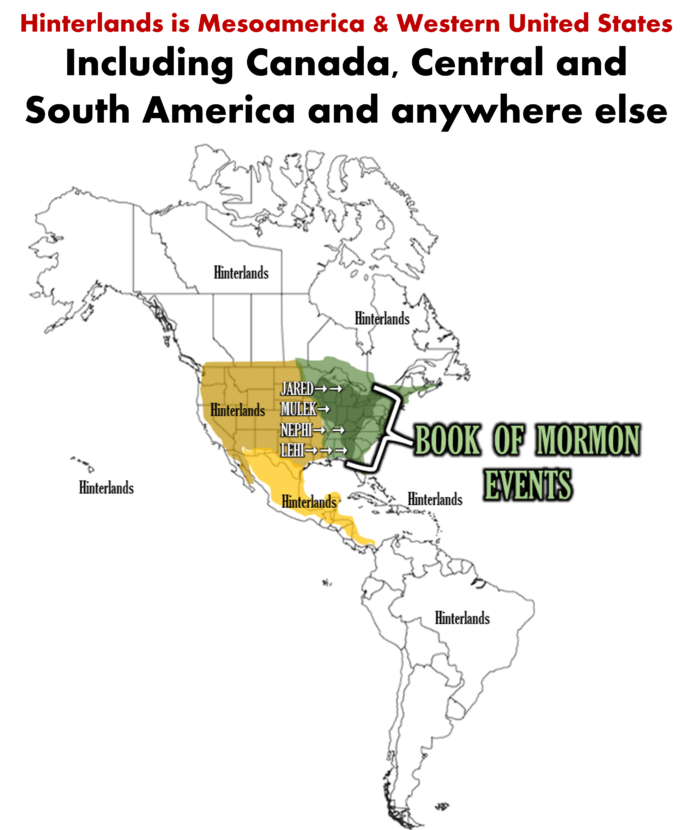I would like to first point out that the Book of Mormon, land of first inheritance was most likely Florida. From there the Nephites migrated to Tennessee, Missouri, Illinois, Ohio and ended up in New York at the one and only Hill Cumorah. This follows the nearly exact pattern of the Hopewell Culture which existed from 550 BC to 400 AD, just as the Nephite culture. To me that is a definite HUGE clue! The Hinterlands would be described as anywhere outside of the initial areas where Nephites did not live. This includes west of the Mississippi in the United States, up to Alaska and down to Central and South America. After 400 AD through migration, intermarriage and the slave trade many Nephites and Lamanites moved all over the Americas. Yes some Nephites existed after the final battles. Some may not have joined the last battle, some may have sailed to Europe and many went west and south into South America.
“Country Southward”
The scriptures say, “And it came to pass that there were ten more who did fall by the sword, with their ten thousand each; yea, even all my people, save it were those twenty and four who were with me, and also a few who had escaped into the south countries, and a few who had deserted over unto the Lamanites. Mormon 6:15.
“And now it came to pass that after the great and tremendous battle at Cumorah, behold, the Nephites who had escaped into the country southward were hunted by the Lamanites until they were all destroyed.” Mormon 8:2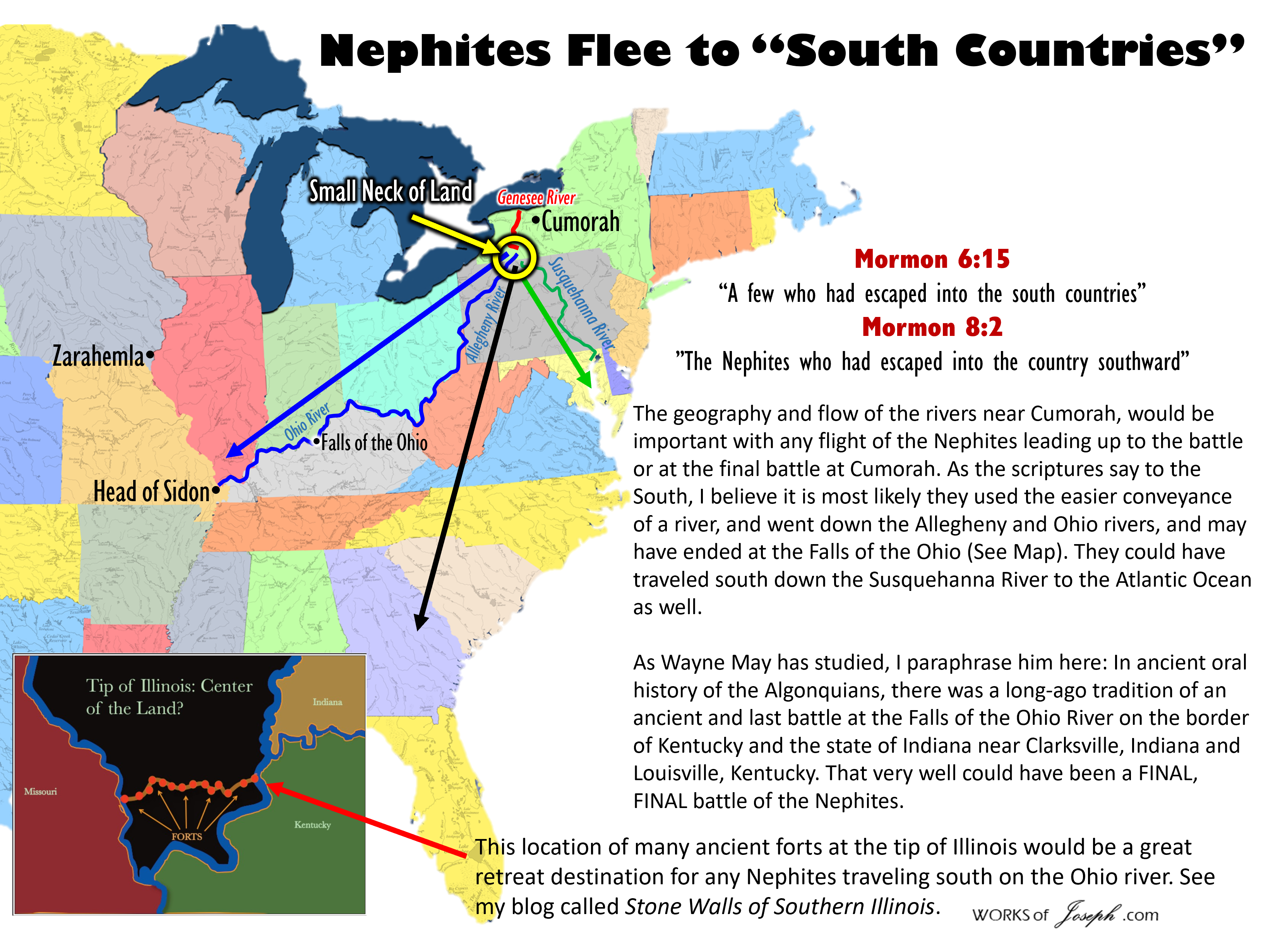
“The question of where the Book of Mormon took place is of great interest to most latter-day saints. Yet confusion has reigned, with over 150 proposed geographies ranging in scale from the entire western hemisphere to that of a small country. Over the past several years the Heartland theory has challenged the Mesoamerica theories as the most widely accepted.
While the Heartland geography model has demonstrated its ability to resolve almost every Book of Mormon textual, prophetic and scientific question regarding its authenticity, questions resulting from temple dedicatory prayers and prophetic utterances regarding Lamanite connections with the peoples of Central America continue to hold some to the Mesoamerican ideas – despite overwhelming evidence in support of the Heartland geography.
Mesoamerica archaeologist Mark Alan Wright (See His Article Here and make up your own mind) made a good-faith attempt to reconcile the two dominant theories in an article wherein he proposed a synthesis between the two models by having the main, or core population of the Nephites centered in Mesoamerica, with some small Nephite migrations resulted in forming a periphery people in the north. Thus, acknowledging Joseph Smith’s revelatory statements, such as Zelph, his letter to Emma and the altar at Adam-ondi-Ahman, that Nephites were in America’s Heartland.
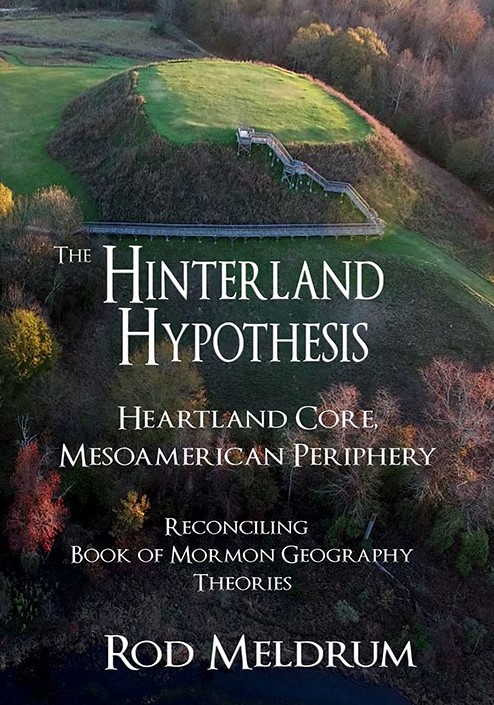
Good Faith Attempt
Building on Brother Wright’s reconciliatory efforts, it became clear that a synthesis of both models could be attained simply by flipping his idea. Instead of the core Nephite lands being in Mesoamerica with a peripheral population migrating into North America, what if it was found that it was reversed? Suddenly everything works!
Join Book of Mormon scholar and best-selling author Rod Meldrum as he lays out a deeper understanding of not only where the Book of Mormon took place, but how the Mesoamerican peoples fit into what happened on in North America between the end of the Nephite civilization and the arrival of the European colonists. The story is absolutely fascinating!” (Purchase Video Left) Rod Meldrum

Mormon could not “write the hundredth part” of the events of his people. For this reason we have the record of the Nephites from Mormon’s abridgement, but we don’t have the written record of those who lived in the periphery or “Hinterland.” See Words of Mormon 1:5, Ether 15:33, Isaiah 18:1 “Isaiah 18:1 tells us that the promised land, where the ensign on the mountains would be lifted up, was “beyond the rivers of Ethiopia,” which means beyond the waters of Africa. Nephi knew he would have to sail around Africa.” Moroni’s America Chapter 10 footnote 79 “FOR DECADES, I BELIEVED THE BOOK OF MORMON TOOK PLACE in Central America (specifically, Mesoamerica). I read books and articles written by LDS scholars, visited sites in Mesoamerica, attended lectures, engaged online and in person—let’s say I studied the issue in depth. I know the evidence and can recite the arguments backwards and forwards. But now I’m convinced everything happened in North America.” Moroni’s America Jonathan Neville The Lost City of Zarahemla
Zarahemla-Montrose Iowa
“For the [North] American setting, Section 125:3 is a key to locating Zarahemla. “Let them build up a city unto my name upon the land opposite the city of Nauvoo, and let the name of Zarahemla be named upon it.” Section 125 was the first mention of the name Zarahemla in connection with the Iowa development. Some commentators have argued that this area of Iowa had been called Zarahemla prior to March 1841, the date Joseph received the revelation, but all such references were added retroactively (and after Joseph died) by historians and compilers by way of explanation. With the Iowa Zarahemla as the axis mundi, the American setting has Lehi landing in the Florida panhandle, the Land of Nephi in the mountains of Tennessee, Bountiful in Indiana and Ohio, Zarahemla in Iowa, the Sidon River comprising the river system that includes the Missouri and Ohio Rivers plus the Upper Mississippi, with the West Sea South being the lower Mississippi, the West Sea North being Lake Michigan, the narrow neck being the Niagara Peninsula, and Cumorah in New York, outside of Palmyra—where Joseph Smith found the plates. Essentially, this is the United States from 1838 to 1842, including states and territories.” Moroni’s America page 327 (Emphasis added)
Defining Hinterlands
“Hinterlands is defined here as meaning the unknown area of North and South America that are not within the scope of the writings of the Book of Mormon. In other words, since we believe main events of the Book of Mormon happened in a limited area of North America around the Great Lakes in the east, and Ohio, Indiana, Iowa and Missouri to the west, and south in Tennessee, West Virginia, Georgia, and Florida, all other areas will be discussed as “The Hinterlands”. We propose that Mesoamerica is the Hinterlands along with many other areas of the continent. As Mormon has said, “…I shall take from the plates of Nephi; and I cannot write the hundredth part of the things of my people (Words of Mormon 1:5). There are many people in South and Central America that are Lamanites and part of the Hinterlands.” Jonathan Neville  In other words, if the Book of Mormon events took place in Mesoamerica, then every other area would be the “Hinterlands” where other Lamanites may have migrated and lived. If however the events of the Book of Mormon took place in the Heartland of the United States (As we believe they did), then every other area outside of this limited Heartland area would contain migrating Lamanites, including the western United States, Canada, Mexico, and South and Central America. Heartland Core – Where the main Nephite and Lamanite events occurred! Mesoamerican Periphery – Where Nephites and Lamanites migrated to outside of this core! (See map above)
In other words, if the Book of Mormon events took place in Mesoamerica, then every other area would be the “Hinterlands” where other Lamanites may have migrated and lived. If however the events of the Book of Mormon took place in the Heartland of the United States (As we believe they did), then every other area outside of this limited Heartland area would contain migrating Lamanites, including the western United States, Canada, Mexico, and South and Central America. Heartland Core – Where the main Nephite and Lamanite events occurred! Mesoamerican Periphery – Where Nephites and Lamanites migrated to outside of this core! (See map above)
Times and Seasons
“FOR DECADES, LDS SCHOLARS HAVE LABORED TO ESTABLISH and defend a Mesoamerican setting for the Book of Mormon because they believed they were vindicating what Joseph Smith wrote (or approved) in three articles published in the Times and Seasons on 15 September and 1 October 1842. The discovery that it was someone other than Joseph Smith, Wilford Woodruff, or John Taylor who wrote the articles, led to the further discovery that Benjamin Winchester wrote the articles linking the Book of Mormon to Central America, and that William Smith edited and published them. These discoveries raise serious questions about the original premise for both hemispheric and Mesoamerican theories of Book of Mormon geography. Although now discredited, these Times and Seasons articles have influenced generations of Latter-day Saints—members, scholars, and leaders —and have been frequently cited by those who advocate a Mesoamerican setting.” Moroni’s America Chapter 28 by Jonathan Neville In about 900 AD the Mayan civilization collapsed. Archaeologists and scientists explain that the Mayans most likely went north, probably using the Gulf of Mexico and landed in the southern states of the U.S. It then would have been easy for the Mayans to utilize the rivers to travel inland to the Midwest or southeastern parts of the U.S.. We know that one of the largest ancient civilizations of North America is at Cahokia near St. Louis, Missouri. Cahokia is dated at about 1000-1200 AD. Cahokia is not a city that was built by the Heartland Core Nephites, but probably by the Mesoamerican Periphery Mayans.
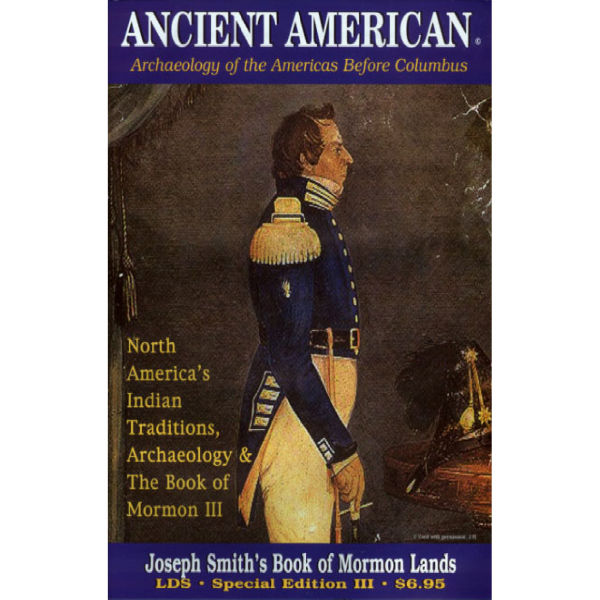
“Who built the mounds during the Mississippian Culture period? In an interview with a Native American, Wayne May, author and publisher of Ancient American Magazine, asked a Chieftain: “Who built Cahokia?” The Chieftain responded to Wayne: “We did, the Native Americans. But we built it as slaves.” Wayne then asked: “Slaves to who?” The Chieftain replied: “We were slaves to the Snake people who had come up from the south…as a cohesive army. They enslaved us and for the space of 200-300 years they forced us to build these gigantic structures. But then we were finally able to overthrow them and drive them back out of our lands. But by that time we had intermarried with them for 200-300 years. So many of our people ended going back to the southern lands.” The “Snake people” from the south appear to be people that came from Mesoamerica during a time of severe drought in their lands.” Annotated Book of Mormon by David Hocking and Rod Meldrum page 540 (Emphasis added)
Ancient American Magazine LDS Issue 3 by Wayne May
The special LDS editions of the Ancient American contain approx. 39 pages each, covering a wide variety of topics from Native American Traditions, Archeological evidence of the Book of Mormon in North America, and writings from Joseph Smith and the Book of Mormon leaving no doubt that America is the “The Promise Land” of the scriptures.
Collapse of Classic Maya
“The Classic Period of Mesoamerican chronology is generally defined as the period from 250 to 900, the last century of which is referred to as the Terminal Classic.[1] The classic Maya collapse is one of the greatest unsolved mysteries in archaeology. Urban centers of the southern lowlands, among them Palenque, Copán, Tikal, Calakmul, went into decline during the 8th and 9th centuries and were abandoned shortly thereafter. Archaeologically, this decline is indicated by the cessation of monumental inscriptions and the reduction of large-scale architectural construction at the primary urban centers of the classic period.”- Wikipedia/Mesoamerican chronology Teotihuacan around 600-800 AD
Lamanites Used as Slaves North America Core – Mesoamerican Periphery

“That the Algonquian, Iroquoian, and many Siouan and Muskogean immigrants were mound builders is readily proven. It may well be doubted whether the mounds were built by the voluntary effort of a free people. Monuments of such magnitude in all ages and in various parts of the world almost without exception representing the handiwork of peoples who labored unwillingly and under compulsion. It would therefore seem evident that either the invading immigrants must have conquered people of a more primitive type whom they found already in possession of the country and reduced them to a state of servitude, or else that they came as imperial colonists, divided into two classes, namely, soldiers and serfs” – Thoburn, J.B., Prehistoric Migrations, Proceedings of the Oklahoma Academy of Science, Vol. 6 [2014], 372-378. As quoted in Annotated Book of Mormon page 540-541. As Rod Meldrum said above, “The question of where the Book of Mormon took place is of great interest to most latter-day saints. Yet confusion has reigned, with over 150 proposed geographies ranging in scale from the entire western hemisphere to that of a small country. Over the past several years the Heartland theory has challenged the Mesoamerica theories as the most widely accepted.”
Wandering over the Plains of the Nephites
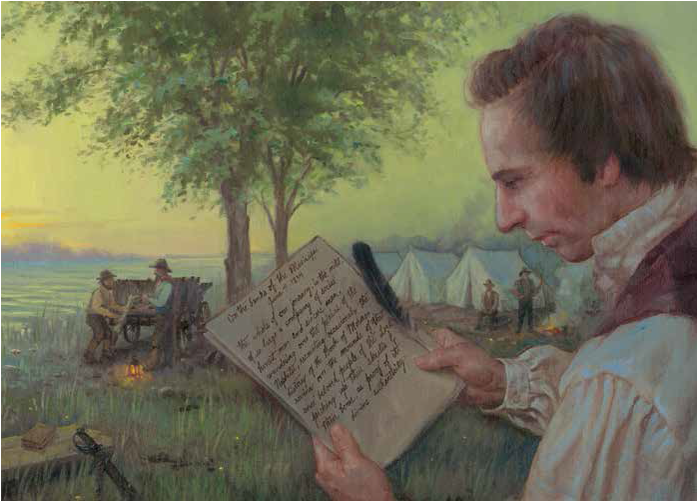
During Zion’s Camp while in Illinois, and Missouri, the prophet Joseph Smith said, “ …Wandering over the plains of the Nephites, recounting occasionally the history of the Book of Mormon, roving over the mounds of that once beloved people of the Lord, picking up their skulls & their bones, as a proof of its divine authenticity…” This cannot mean that while Joseph was picking up the bones of Nephites in Illinois that he was referring to divine authenticity of a Mesoamerica record. Anthropologist Alice Kehoe, Ph.D., emphasizes that, “from… stale and false notions of ancient Native American history, much has been missed in the archaeological record of the Americas that is only now coming to light.” She argues “that the Mississippian, often called “Mound-Building” Culture, had close trade and communication links with civilizations of Mesoamerica (Mayas, Aztecs, their predecessors and contemporaries) and that this link is readily apparent from the archaeological record.” She also argues “that Trans-Gulf contact between the Mississippi Valley and Mesoamerica was quite likely…leading to clear similarities in the culture, religion, and art of the SECC, Midwest and Mesoamerica.” (Kehoe, Alice, “Wind Jewels and Paddling Gods: The Mississippian Southeast in the Post-Classic Mesoamerican World,” Gulf Coast Archaeology, The Southeastern United States and Mexico, Ed. Nancy Marie White, Gainesville, University of Florida [2005], 260-280.)
Squarely in North America
“Back to Wright’s “hinterlands” approach, the ninety-nine percent of Nephite (and Jaredite) history not accounted for in the text could encompass Mesoamerica. One plausible theory is that the Jaredites who were not killed off in “this north country” (Ether 1:1), meaning the New York area in the American model, expanded into the rest of the hemisphere, including Mesoamerica. The text also mentions Nephites escaping “into the south countries” (Mormon 6:15). Any similarities between the text and various cultural, linguistic, mythological, anthropological and other attributes of Mesoamerica can be accounted for through this application of the hinterlands approach. This explains why Mesoamerican advocates can point to correspondences, but not direct ties, between ancient Mesoamerica and the Book of Mormon. This is a promising area of study that will surely produce results in the future. But for Book of Mormon studies per se—the study of the times, places, and people actually described in the text—the best available evidence places the core narrative of the Book of Mormon squarely in [North] America.” Moroni’s America Jonathan Neville page 352
Heartland> One Cumorah and Last Nephite Battle at Same Hill Hinterland Mesoamerica> Two Cumorah’s and Last Nephite Battle in Mexico
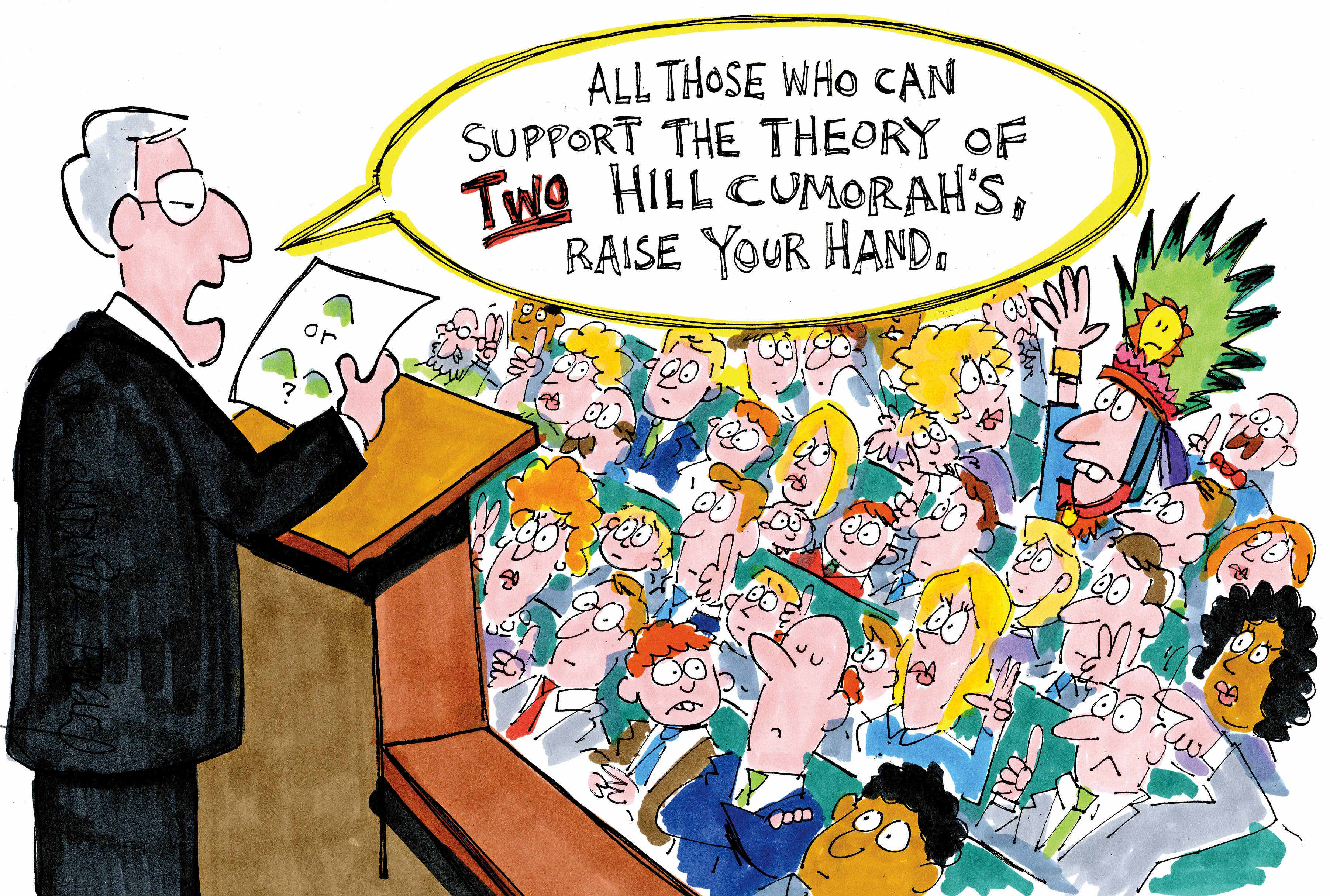
Understand those who believe in two Cumorah’s see the one in NY as the place where Joseph received the plates, but the one in Mexico is where all the Nephite and Lamanite battles ended. In other words Moroni traveled over 3,000 miles hefting the plates (30-60 pounds), just to bury them near Joseph’s home? Elder Mark E. Petersen said, “As the fighting neared its end, Mormon gathered the remnant of his forces about a hill which they called Cumorah, located in what is now the western part of the state of New York…. When finished with the record, Moroni was to hide it up in that same Hill Cumorah which was their battlefield. It would come forth in modern times as the Book of Mormon, named after Moroni’s father, the historian who compiled it… His people were Americans, too. His words constituted a people-to-people message, ancient Americans speaking to modern Americans.” Mark E. Petersen General Conf. 1978
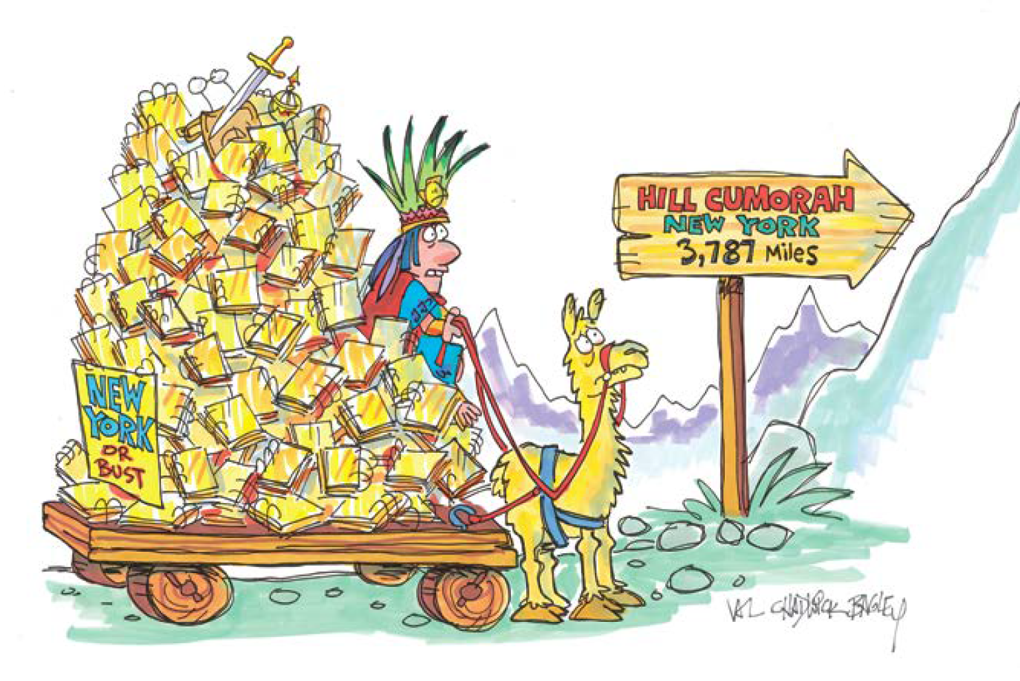
For more information visit bookofmormonevidence.org

